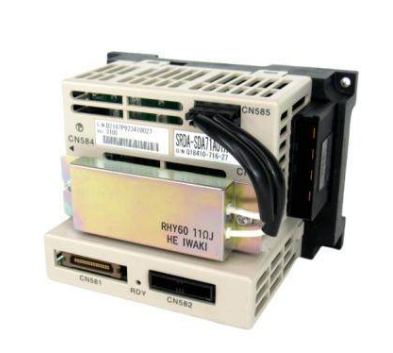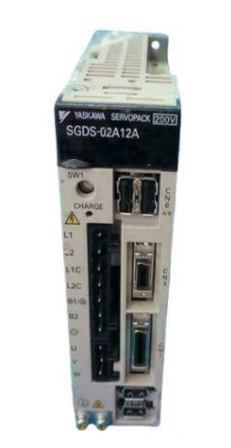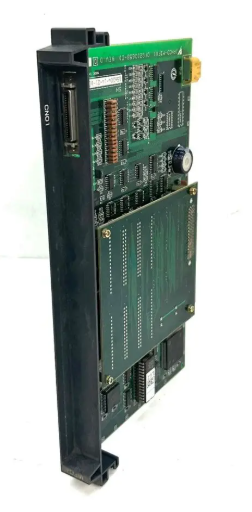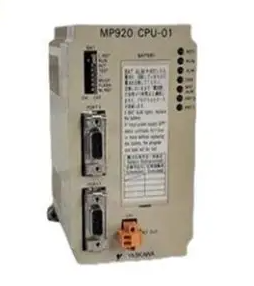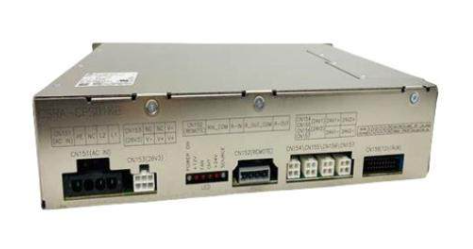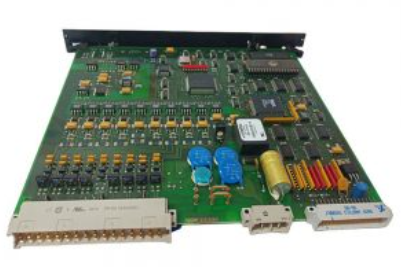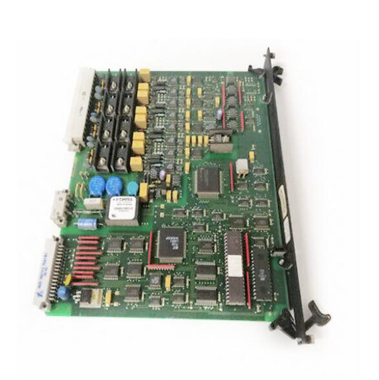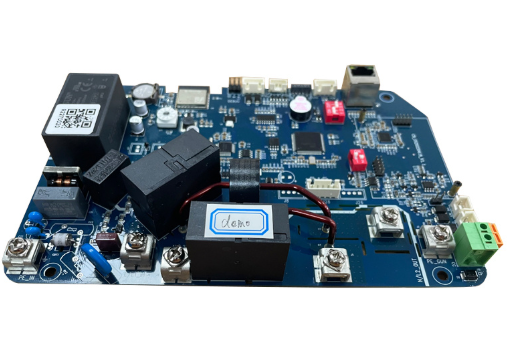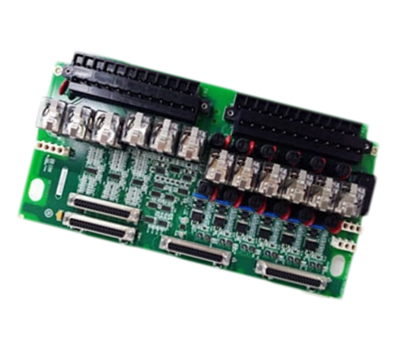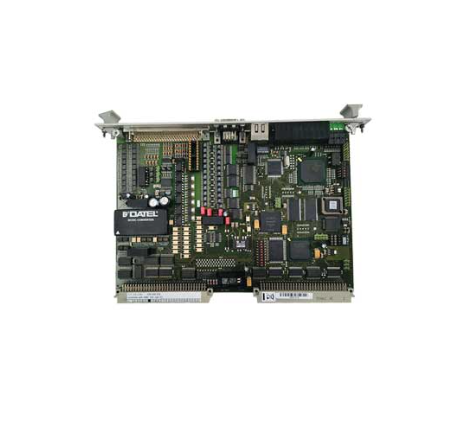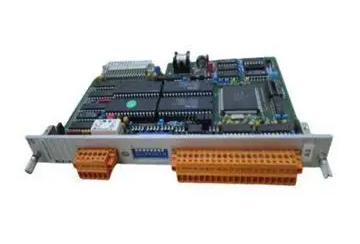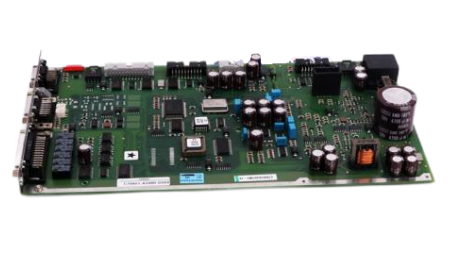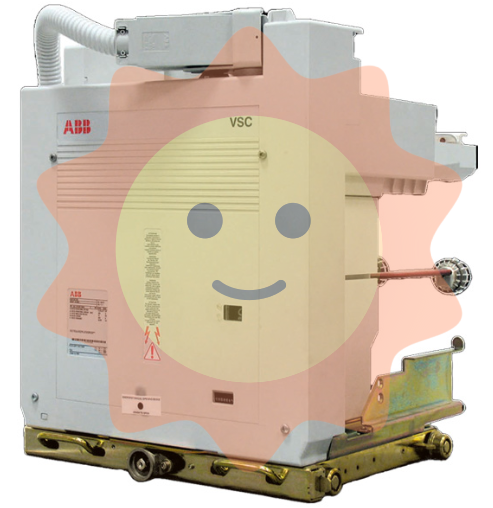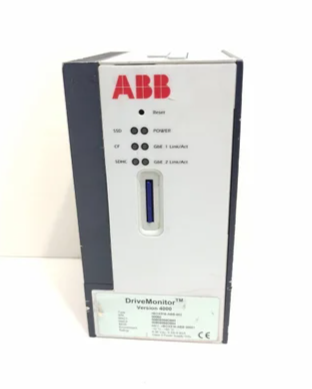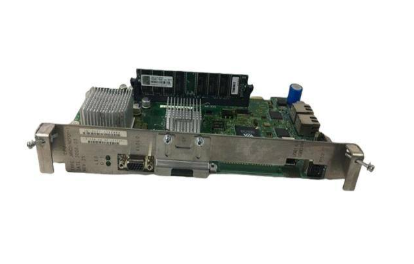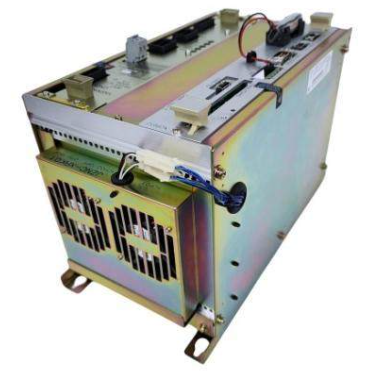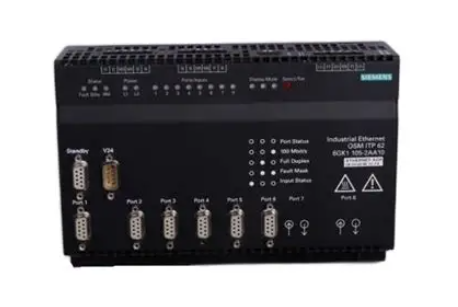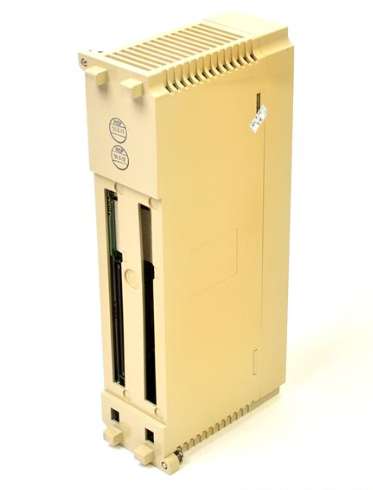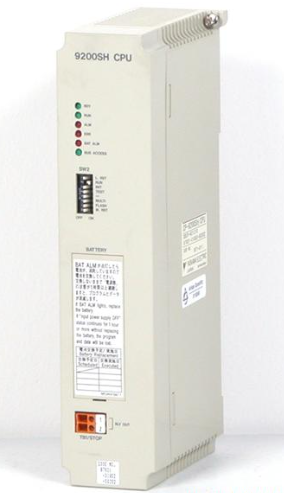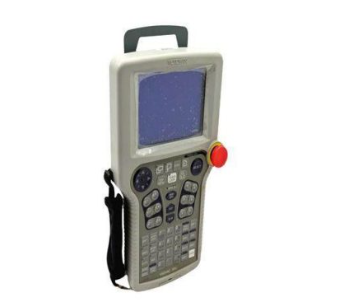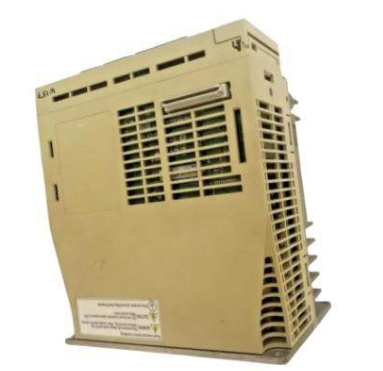AB 1746-BAS and 1746-BAS-T SLC 500 BASIC and BASIC-T Modules
AB 1746-BAS and 1746-BAS-T SLC 500 BASIC and BASIC-T Modules
Specification
Power supply specification
5V dc power load: the module itself consumes 0.150A; if the link coupler is connected, the current is also 0.150A. This parameter indicates that the module's power consumption is relatively stable under 5V power supply, regardless of whether the link coupler is connected or not, which is helpful for system power supply planning and configuration, and users do not need to adjust the power supply capacity of the 5V power supply drastically due to the connection of the link coupler.
24V dc power load: 0.070A when the module is used on its own; when the link coupler is connected, the current increases to 0.125A if a handheld terminal, data sheet access module or interface converter is connected (this applies only when connecting to a network via the 1747-C10 or 1747-C11 cables, and does not apply when using the 1747-C13 cable). This means that if additional equipment is connected to the 24V supply system, the user will need to consider the load capacity of the power supply on a case-by-case basis to ensure a stable supply.
Electrical Performance Specifications
Noise Immunity: Complies with NEMA Standard ICS 2 - 230, which indicates that the module has a certain degree of immunity to electrical noise interference, and is able to operate stably in complex electrical environments, reducing the impact of noise on the module's communication and data processing.
Port isolation: The isolation voltage between PRT1 and PRT2 ports and the backplane and between PRT1 and PRT2 ports is 710V dc for 1 minute. The higher isolation voltage prevents electrical interference between ports and between ports and the backplane, improves the electrical safety and stability of the module, and ensures the accuracy of data transmission.
Environmental Specifications
Ambient Temperature: Operating temperature range of 0°C to +60°C (+32°F to +140°F) and storage temperature range of -40°C to +85°C (-40°F to +185°F). This temperature range allows the modules to be used in a wide range of industrial environments, either operating or storing at ambient temperatures or in environments with some temperature fluctuations, providing good environmental adaptability.
Humidity: 5% to 95% non-condensing. In this humidity range, the module can operate stably without being affected by the humid environment, avoiding electrical short circuit or other failures caused by humidity problems, ensuring the reliability of the module under different humidity conditions .
Vibration specifications: displacement of 0.015 inches peak-to-peak in the 5 - 57Hz frequency range; acceleration of 2.5G in the 57 - 2000Hz frequency range . This indicates that the module can maintain normal operation in a certain degree of vibration environment, which can be adapted to some industrial sites where vibration exists, such as factory production lines and other scenarios.
Clock/calendar accuracy specifications: ±1 minute/month at 25°C (77°F); + 0, -6 minutes/month at 60°C (140°F). This accuracy meets the time accuracy requirements of general industrial applications and provides a relatively accurate time reference for systems in different temperature environments, which is important for applications that require time synchronisation or timing operations.
Certifications: c-UL-us certified for Class I, Groups A, B, C or D, Division 2 hazardous locations; conforms to all applicable CE directives; and C-Tick marked for compliance with all applicable laws. These approvals signify that the modules comply with international safety and EMC standards and are safe for use in many regions of the world, facilitating the user's application in different regions.
Safety and Use Disclaimer: Solid-state devices have different characteristics than electromechanical devices and should be used in a manner that ensures compliance with the requirements of the application, and Rockwell Automation is not responsible for consequential damages. Documentation examples are for reference only and may not be reproduced without permission. A variety of warning labels are available to alert users to safety risks.
Module Overview: The BASIC and BASIC-T modules are single-slot modules that can be mounted in either the SLC 500 fixed or modular controller chassis. the BASIC-T module is faster, and both have two configurable serial ports for multiple communication modes, 24K bytes of battery-backed RAM, a choice of non-volatile memory modules with different capacities, and multiple LED indicators. The BASIC module is compatible with the 1747-M1 and 1747-M2 memory modules, and the BASIC-T module is compatible with the 1771-DBMEM1 and 1771-DBMEM2 memory modules, and can be programmed using specific software.
Pre-installation preparation: Identify the communication ports (PRT1, PRT2, DH485) and understand their functions and communication modes; familiarise yourself with the meaning of the 8 LEDs for diagnostic and status indication; set up 4 sets of jumpers (JW1, JW2, JW3, JW4) to configure the ports, the memory module, and the program port.
Installation and wiring: The module cannot be installed in the first slot of the first chassis, and should be installed with power off and avoid static electricity. Depending on the jumper settings, the PRT1 and PRT2 ports can be connected to user devices through different communication modes, the documentation provides detailed pin assignments and wiring diagrams.The DH485 port needs to be connected to a DH485 network through the 1747-AIC Link Coupler, specific cables can be used, note that different cables function differently.Configuration and Programming: Use ASCII to configure the ports, memory modules and programme ports.
Configuration and programming: Configuration and programming using an ASCII terminal, ASCII terminal emulation software, or a PC with BASIC development software, with different connection options.
Battery-related: The battery (1747-BA) is used to back up the RAM and is replaced approximately once every 5 years. Replacement requires a power failure and has a specific procedure. There are also requirements and regulations for the handling, storage and transport of the battery.
- EMERSON
- Honeywell
- CTI
- Rolls-Royce
- General Electric
- Woodward
- Yaskawa
- xYCOM
- Motorola
- Siemens
- Rockwell
- ABB
- B&R
- HIMA
- Construction site
- electricity
- Automobile market
- PLC
- DCS
- Motor drivers
- VSD
- Implications
- cement
- CO2
- CEM
- methane
- Artificial intelligence
- Titanic
- Solar energy
- Hydrogen fuel cell
- Hydrogen and fuel cells
- Hydrogen and oxygen fuel cells
- tyre
- Chemical fiber
- dynamo
- corpuscle
- Pulp and paper
- printing
- fossil
- FANUC
- Food and beverage
- Life science
- Sewage treatment
- Personal care
- electricity
- boats
- infrastructure
- Automobile industry
- metallurgy
- Nuclear power generation
- Geothermal power generation
- Water and wastewater
- Infrastructure construction
- Mine hazard
- steel
- papermaking
- Natural gas industry
- Infrastructure construction
- Power and energy
- Rubber and plastic
- Renewable energy
- pharmacy
- mining
- Plastic industry
- Schneider
- Kongsberg
- NI
- Wind energy
- International petroleum
- International new energy network
- gas
- WATLOW
- ProSoft
- SEW
- wind
- ADVANCED
- Reliance
- YOKOGAWA
- TRICONEX
- FOXBORO
- METSO
- MAN
- Advantest
- ADVANCED
- ALSTOM
- Control Wave
- AB
- AMAT
- STUDER
- KONGSBERG
- MOTOROLA
- DANAHER MOTION
- Bently
- Galil
- EATON
- MOLEX
- Triconex
- DEIF
- B&W
- ZYGO
- Aerotech
- DANFOSS
- KOLLMORGEN
- Beijer
- Endress+Hauser
- MOOG
- KB
- Moxa
- Rexroth
- YAMAHA
- Johnson
- Westinghouse
- WAGO
- TOSHIBA
- TEKTRONIX
- BENDER
- BMCM
- SMC


Email:wang@kongjiangauto.com


